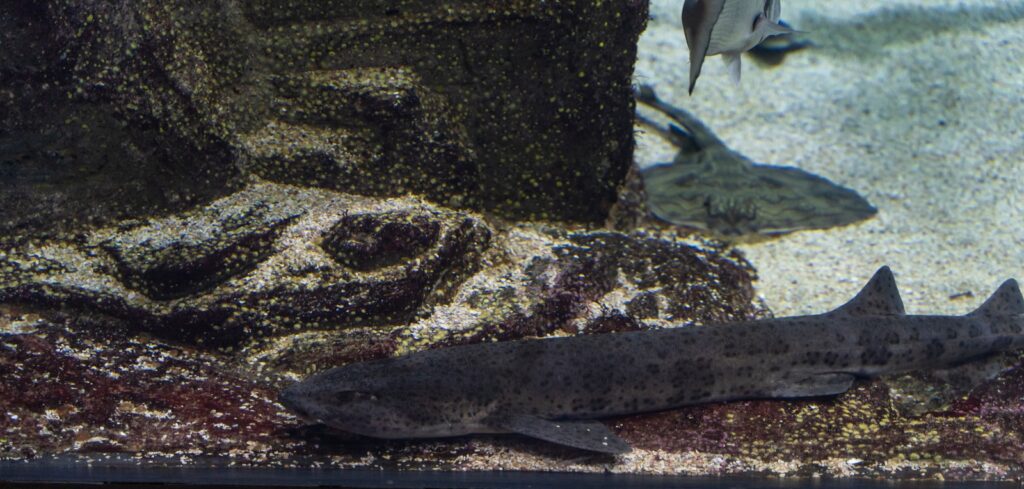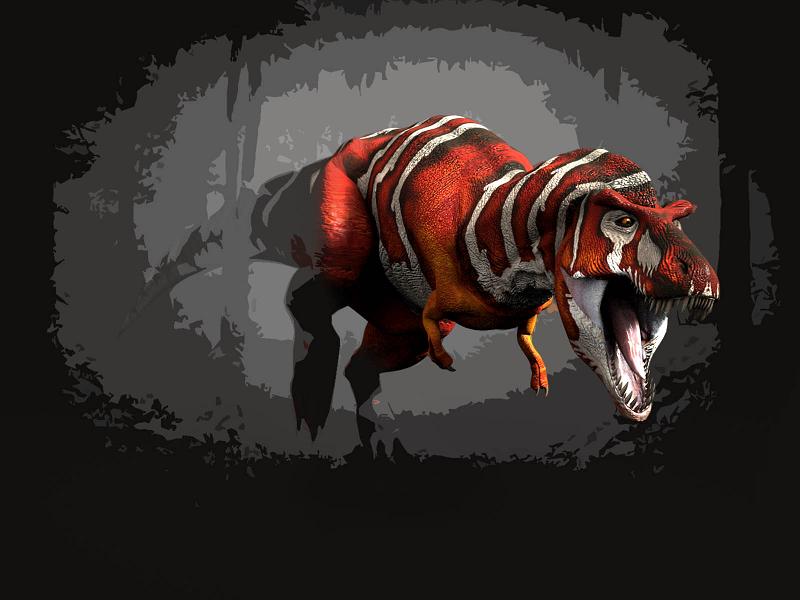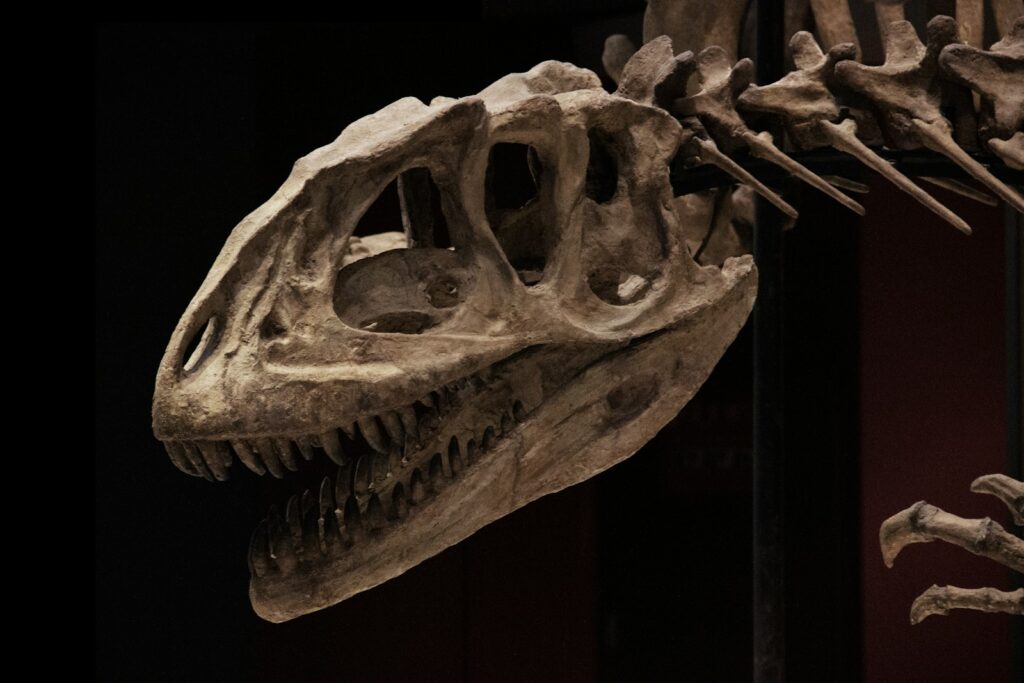Imagine diving into an ocean where giants ruled supreme, where a single breath could be your last, and where creatures lurked in the depths that would make today’s Great White sharks look like minnows. Welcome to the Cretaceous seas—a watery nightmare that existed between 145 and 66 million years ago. These ancient oceans weren’t just dangerous; they were absolutely lethal, teeming with apex predators that dominated every layer of the water column. From the surface to the deepest trenches, death could strike at any moment, delivered by jaws that could crush a car or tentacles that could drag a whale to its doom.
The Reign of Marine Reptiles
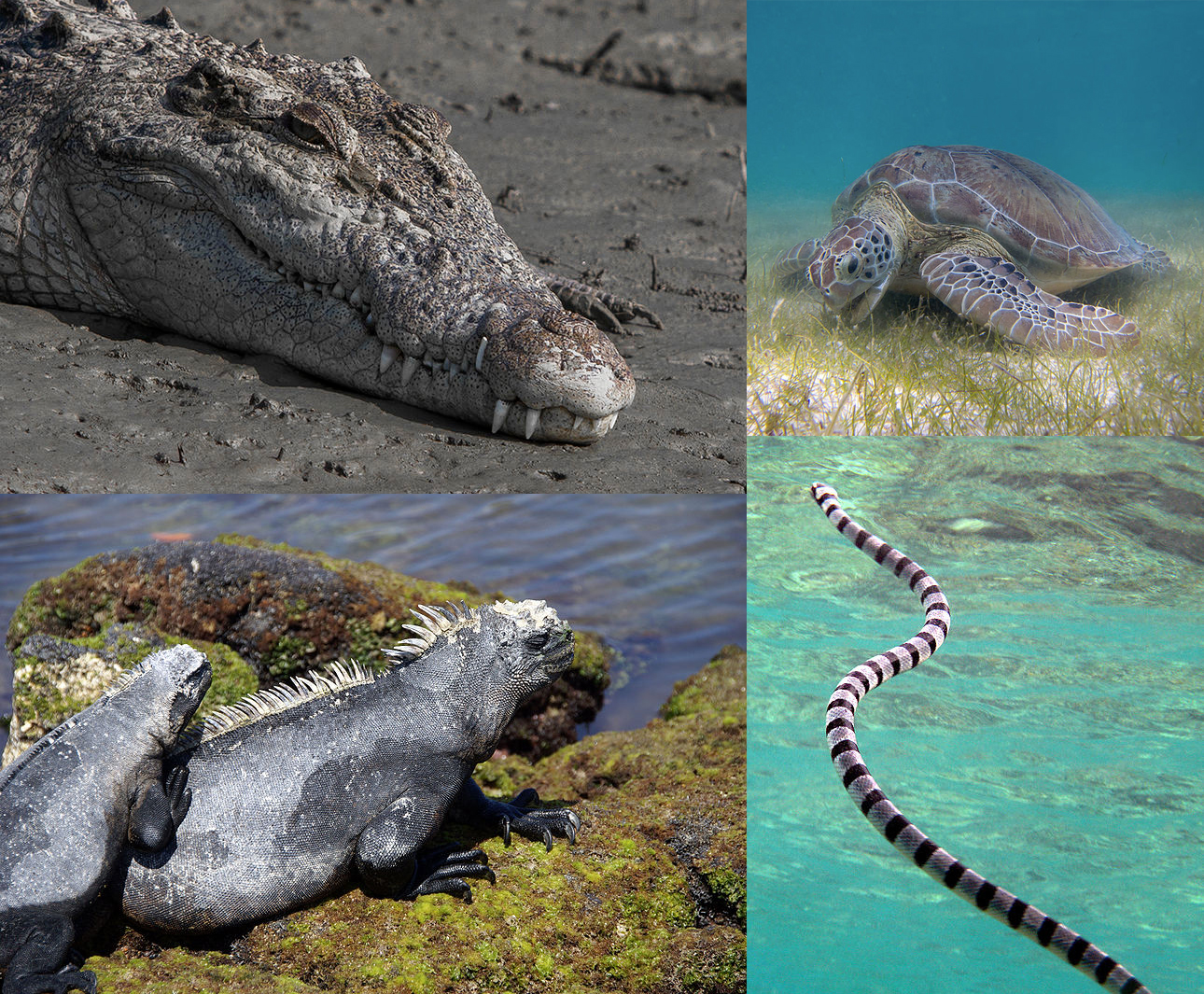
The Cretaceous period marked the golden age of marine reptiles, transforming the world’s oceans into prehistoric battlefields. Unlike today’s seas, which are ruled by mammals and fish, these ancient waters belonged to massive reptilian predators that had evolved specifically for aquatic domination. Plesiosaurs, mosasaurs, and marine crocodiles patrolled different hunting grounds, creating a three-dimensional web of terror that left no safe haven for smaller creatures.
These marine reptiles weren’t just oversized versions of their land-dwelling cousins—they were perfectly engineered killing machines. Their bodies had undergone millions of years of evolution to become streamlined torpedoes of destruction. The sheer diversity of these predators meant that prey animals faced threats from every conceivable angle and hunting strategy.
Mosasaurs: The Ultimate Ocean Predators
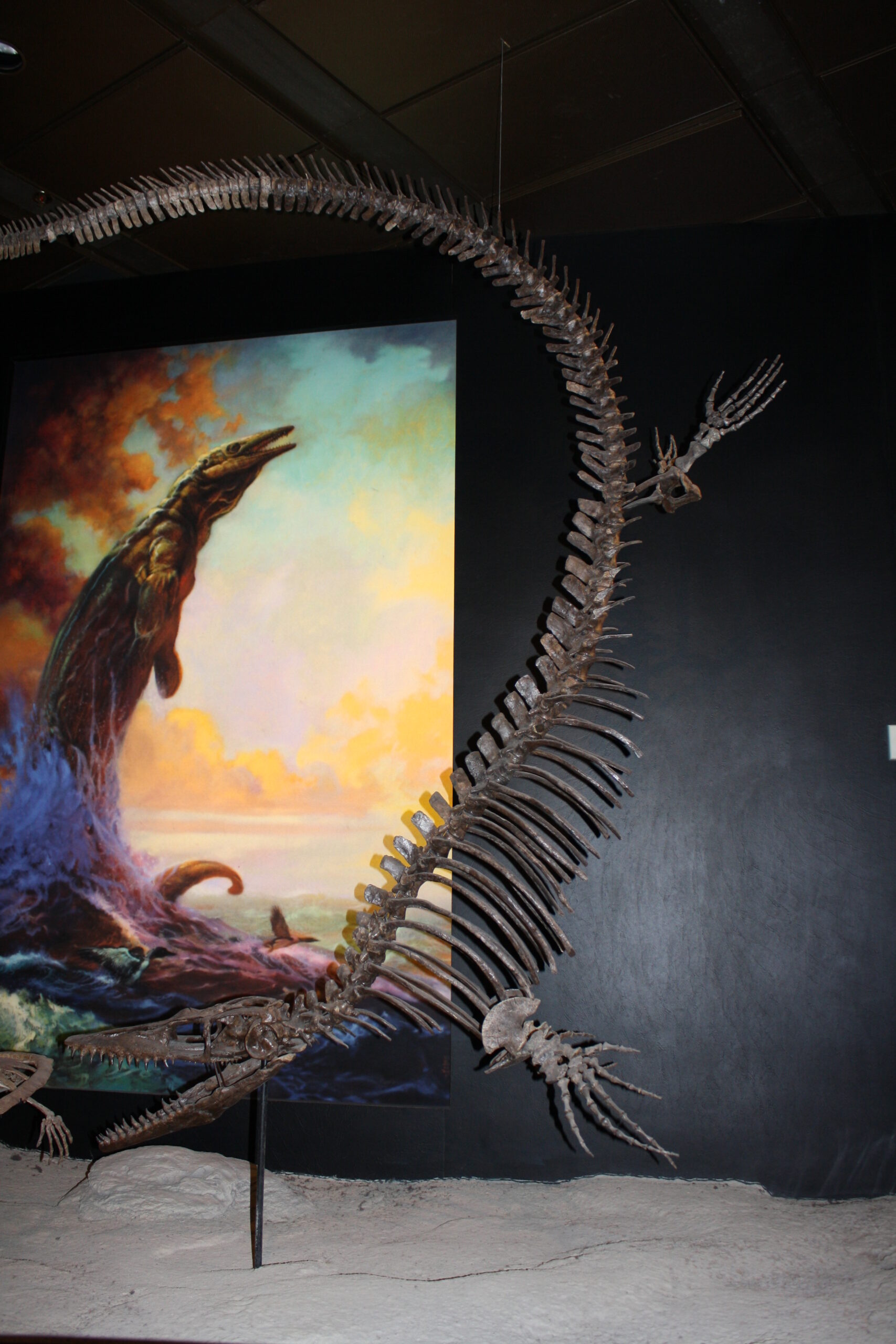
Among all Cretaceous marine predators, mosasaurs stood as the undisputed kings of the seas. These weren’t just large lizards that happened to swim—they were 40-foot-long monsters with skulls alone measuring up to six feet in length. Their powerful jaws contained rows of razor-sharp teeth designed for gripping and tearing, capable of crushing turtle shells and shark skeletons with equal ease. Tylosaurus, one of the largest mosasaurs, could reach lengths of 50 feet and possessed a bite force that would make a T. rex jealous.
What made mosasaurs truly terrifying was their versatility as hunters. They could ambush prey from below, chase down fast-moving fish, and even breach the surface to snatch flying reptiles. Their four paddle-like limbs and powerful tail provided incredible maneuverability, allowing them to change direction instantly during pursuit.
Plesiosaurs: Long-Necked Death Machines
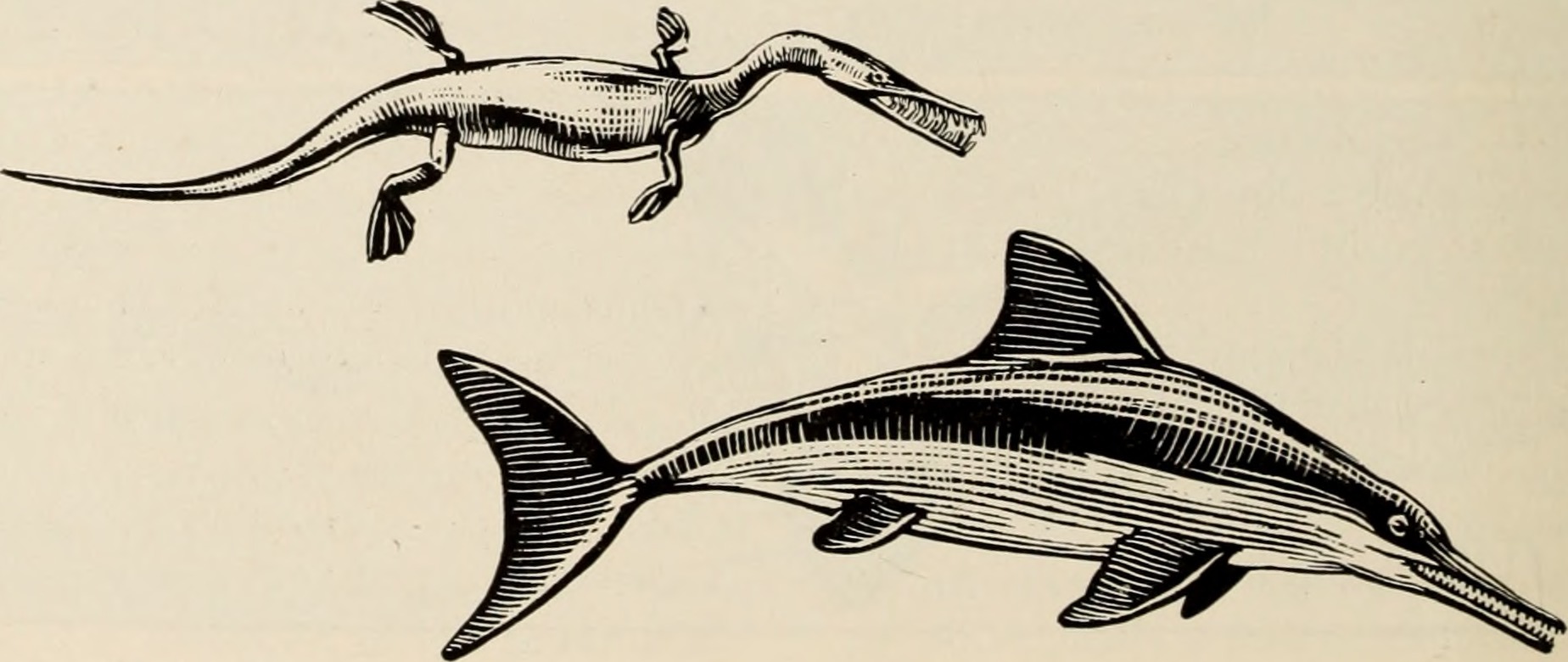
While mosasaurs ruled through brute force, plesiosaurs brought a different kind of terror to Cretaceous seas. These creatures came in two distinct varieties: the long-necked forms that could reach lengths of 40 feet, and the short-necked pliosaurs that were essentially swimming heads with massive jaws. The long-necked species, like Elasmosaurus, used their serpentine necks as fishing rods, darting their heads through schools of fish and ammonites with lightning speed.
Pliosaurs represented the ultimate expression of marine predatory power. Leedsichthys, despite being primarily a filter-feeder, still reached lengths of 50 feet, while predatory pliosaurs like Liopleurodon boasted skulls over 10 feet long. These creatures could generate bite forces exceeding 33,000 pounds per square inch—four times more powerful than a T. rex.
Giant Marine Crocodiles Ruled Coastal Waters
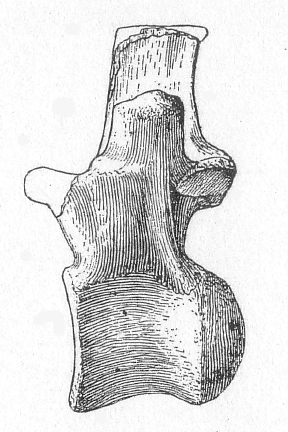
The coastlines of Cretaceous seas presented their own unique dangers in the form of massive marine crocodiles. Deinosuchus, reaching lengths of up to 40 feet, lurked in estuaries and shallow coastal waters, waiting to ambush anything that dared enter its domain. These weren’t just oversized versions of modern crocodiles—they were specifically adapted for marine life, with enhanced swimming capabilities and reinforced skulls.
What made these marine crocodiles particularly dangerous was their patient hunting strategy. Unlike the active pursuit tactics of mosasaurs, these predators perfected the art of the ambush. They could remain motionless for hours, looking like floating logs until an unsuspecting victim came within striking distance.
Prehistoric Sharks That Dwarfed Today’s Giants
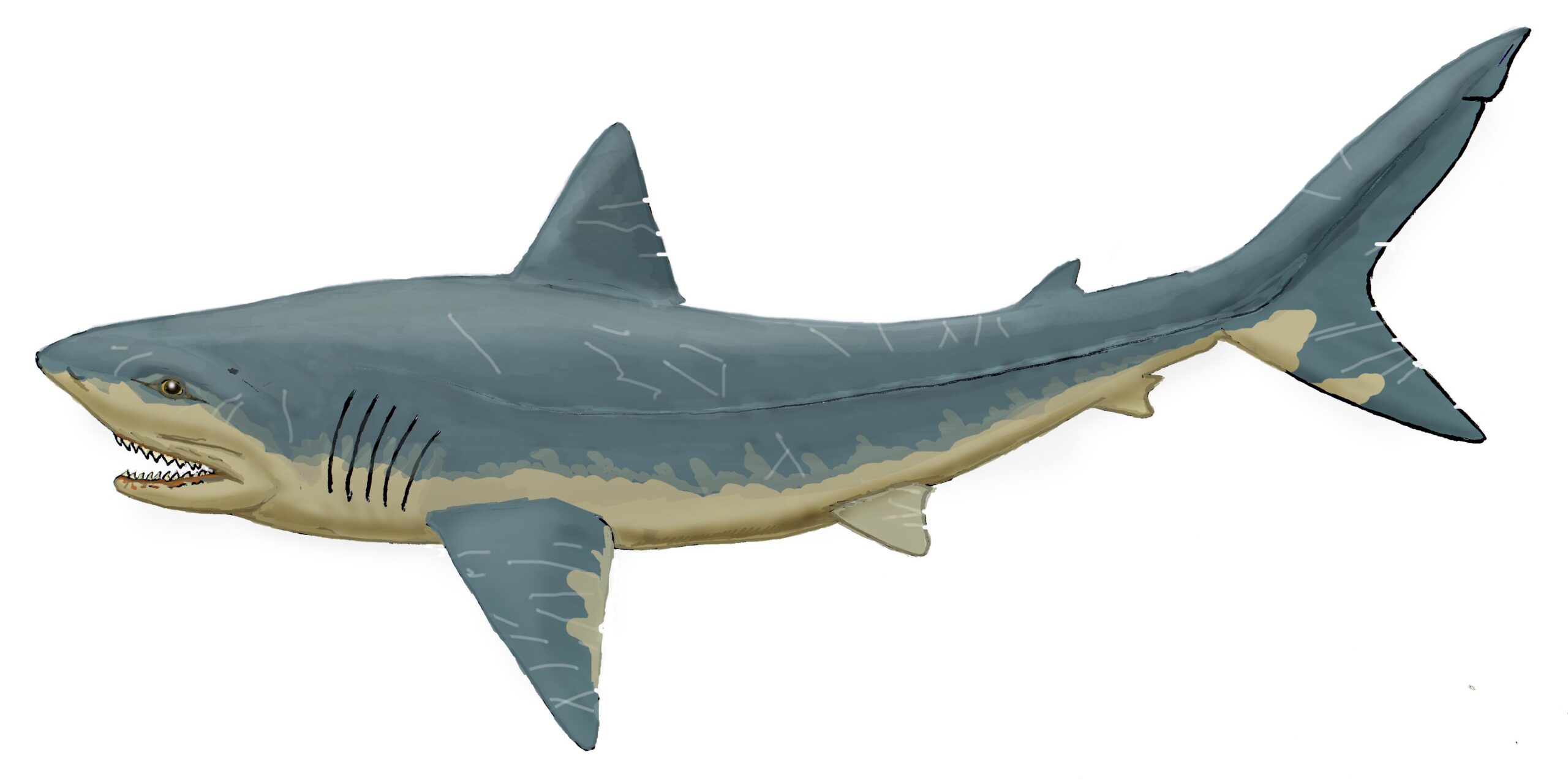
While marine reptiles dominated the headlines, Cretaceous sharks were equally formidable predators that filled crucial ecological niches. Cretoxyrhina, known as the “Ginsu Shark,” reached lengths of 24 feet and possessed serrated teeth designed for slicing through flesh and bone. These sharks were so efficient at their job that they’ve been found with mosasaur vertebrae still lodged in their teeth—evidence of battles between titans.
The diversity of Cretaceous sharks was staggering, with species ranging from bottom-dwelling ambush predators to fast-swimming pursuit specialists. Some species developed bizarre adaptations, like Helicoprion with its spiral-shaped tooth whorl, creating a buzz-saw effect that could slice through prey with devastating efficiency.
Ammonites: The Cephalopod Nightmares
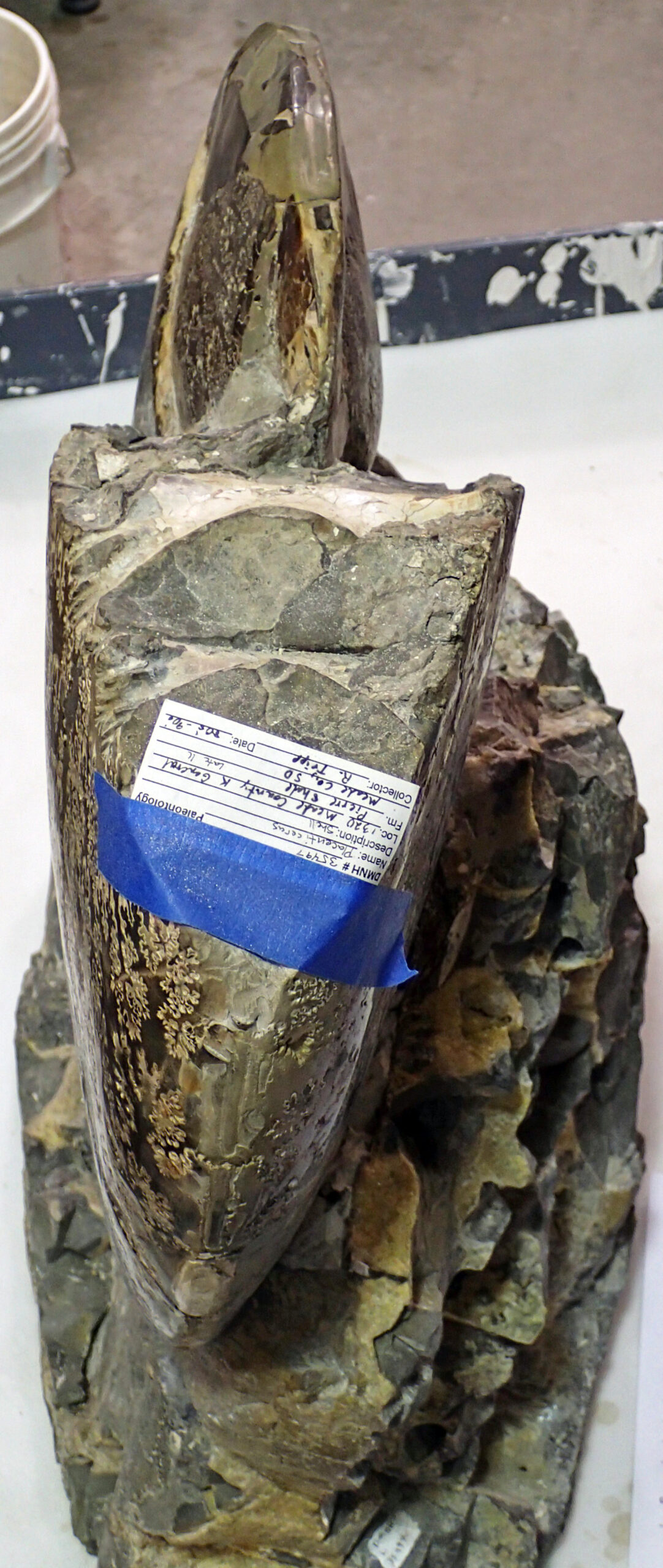
Today’s oceans harbor impressive cephalopods like giant squids, but Cretaceous seas took these creatures to nightmarish extremes. Ammonites, with their coiled shells and powerful tentacles, ranged from tiny forms to massive specimens over six feet in diameter. These weren’t passive filter-feeders—they were active predators equipped with powerful beaks and lightning-fast tentacles capable of crushing and dismembering prey.
The largest ammonites, like Parapuzosia, reached shell diameters of over eight feet and likely possessed tentacles that could extend even further. Their shells provided perfect protection while allowing them to jet through the water at surprising speeds, making them formidable hunters in their own right.
Toxic Waters and Deadly Chemistry
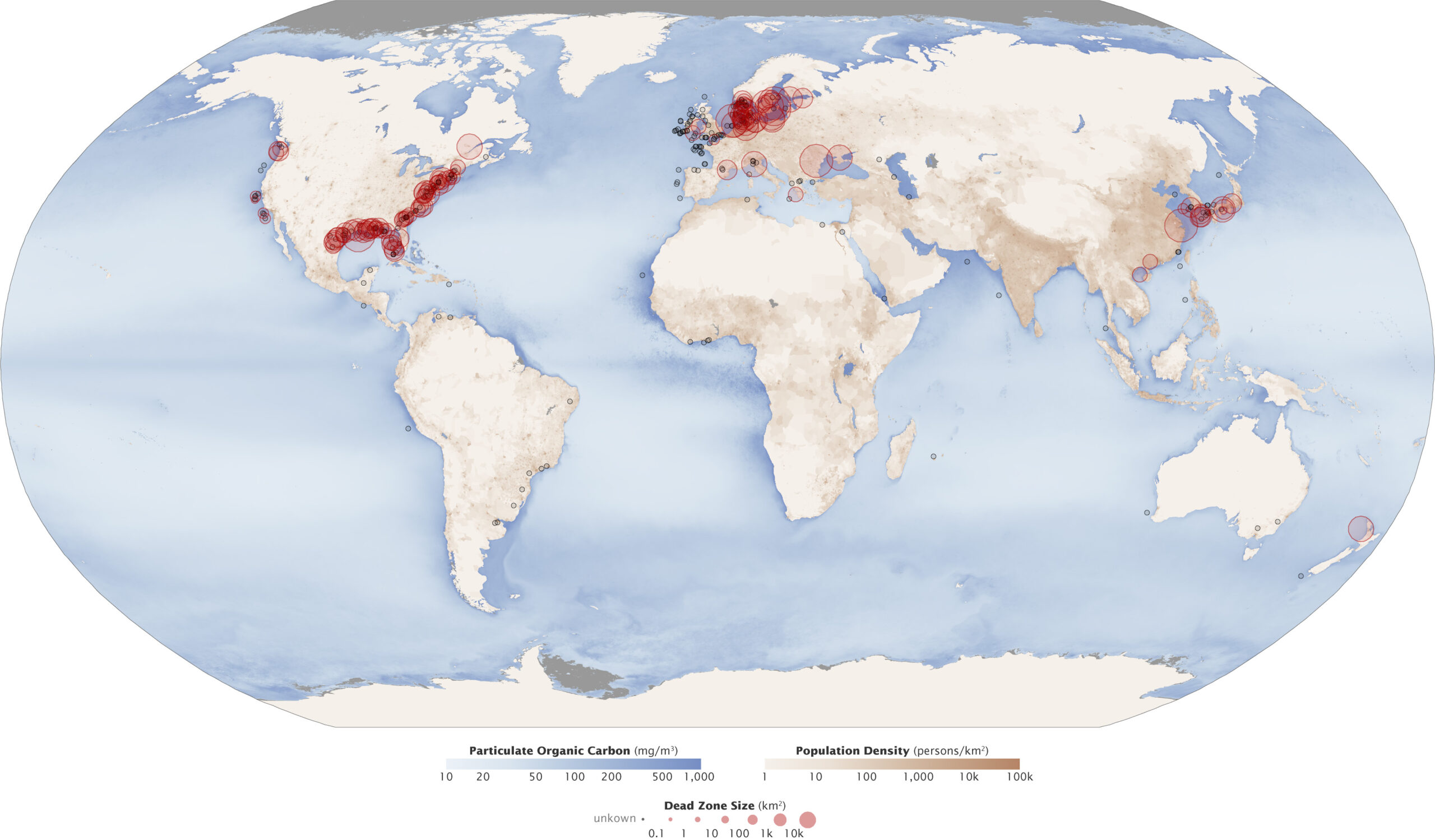
The Cretaceous seas weren’t just dangerous because of their inhabitants—the water itself could be lethal. Periodic oceanic anoxic events created vast dead zones where oxygen levels dropped to near-zero, suffocating marine life across entire ocean basins. These events, triggered by massive volcanic activity and climate change, turned once-thriving ecosystems into underwater graveyards.
The chemistry of Cretaceous seawater was also fundamentally different from today’s oceans. Higher temperatures and different atmospheric compositions created conditions that favored the growth of toxic algae and bacteria. These microscopic killers could produce neurotoxins and other deadly compounds that would poison the food chain from the bottom up.
Volcanic Underwater Hellscapes
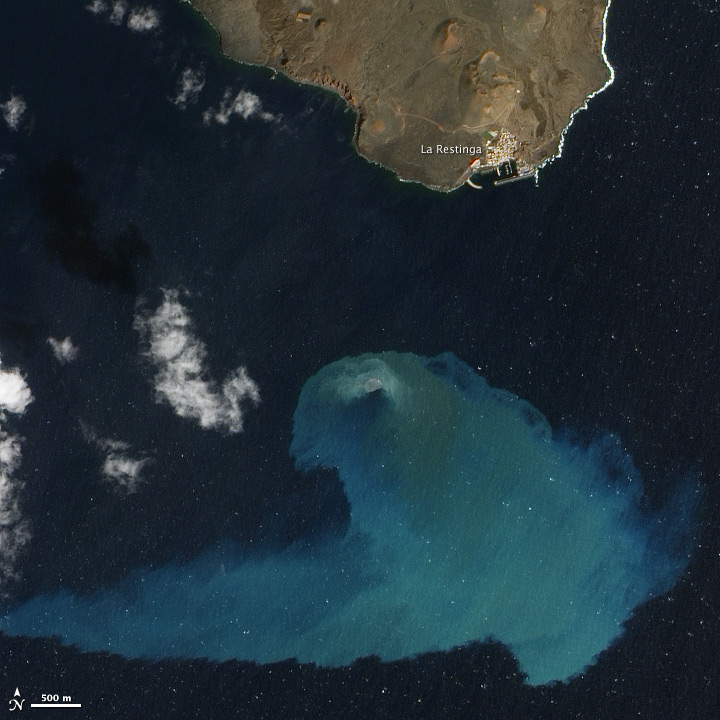
The Cretaceous period was marked by unprecedented volcanic activity, much of which occurred beneath the ocean’s surface. Massive underwater eruptions didn’t just create new seafloor—they released clouds of toxic gases and superheated water that could instantly kill anything in the vicinity. The Ontong Java Plateau, formed during this period, represents one of the largest volcanic events in Earth’s history, covering an area larger than Alaska.
These underwater volcanic events created temporary hellscapes where the ocean itself became a boiling cauldron of death. The toxic gases released during these eruptions could create acidic conditions that dissolved shells and poisoned marine life across vast distances.
Climate Chaos and Extreme Weather

Cretaceous seas existed during a period of extreme climate instability, with temperatures fluctuating wildly and sea levels rising and falling by hundreds of feet. These dramatic changes created perfect storm conditions that could generate hurricanes and typhoons of unprecedented intensity. The warm, energetic atmosphere of the Cretaceous period meant that storms could reach Category 6 or even Category 7 intensity on today’s scale.
The combination of high sea levels and extreme weather created massive storm surges that could penetrate hundreds of miles inland. These events would have mixed marine and terrestrial ecosystems in violent, chaotic ways, creating temporary but deadly encounters between land and sea predators.
The Food Chain Pyramid of Terror
What made Cretaceous seas particularly dangerous was the complete absence of safe ecological niches. Unlike today’s oceans, where small fish can find refuge in coral reefs or deep-sea trenches, the Cretaceous marine ecosystem was a perfectly balanced pyramid of predation. Every level of the food chain was occupied by incredibly efficient killers, from microscopic toxic plankton to 50-foot marine reptiles.
This ecosystem structure meant that survival required constant vigilance and perfect timing. A moment’s hesitation could mean the difference between life and death, whether you were a small fish trying to avoid a shark or a massive plesiosaur trying to escape an even larger mosasaur.
Evolutionary Arms Race Reached Its Peak
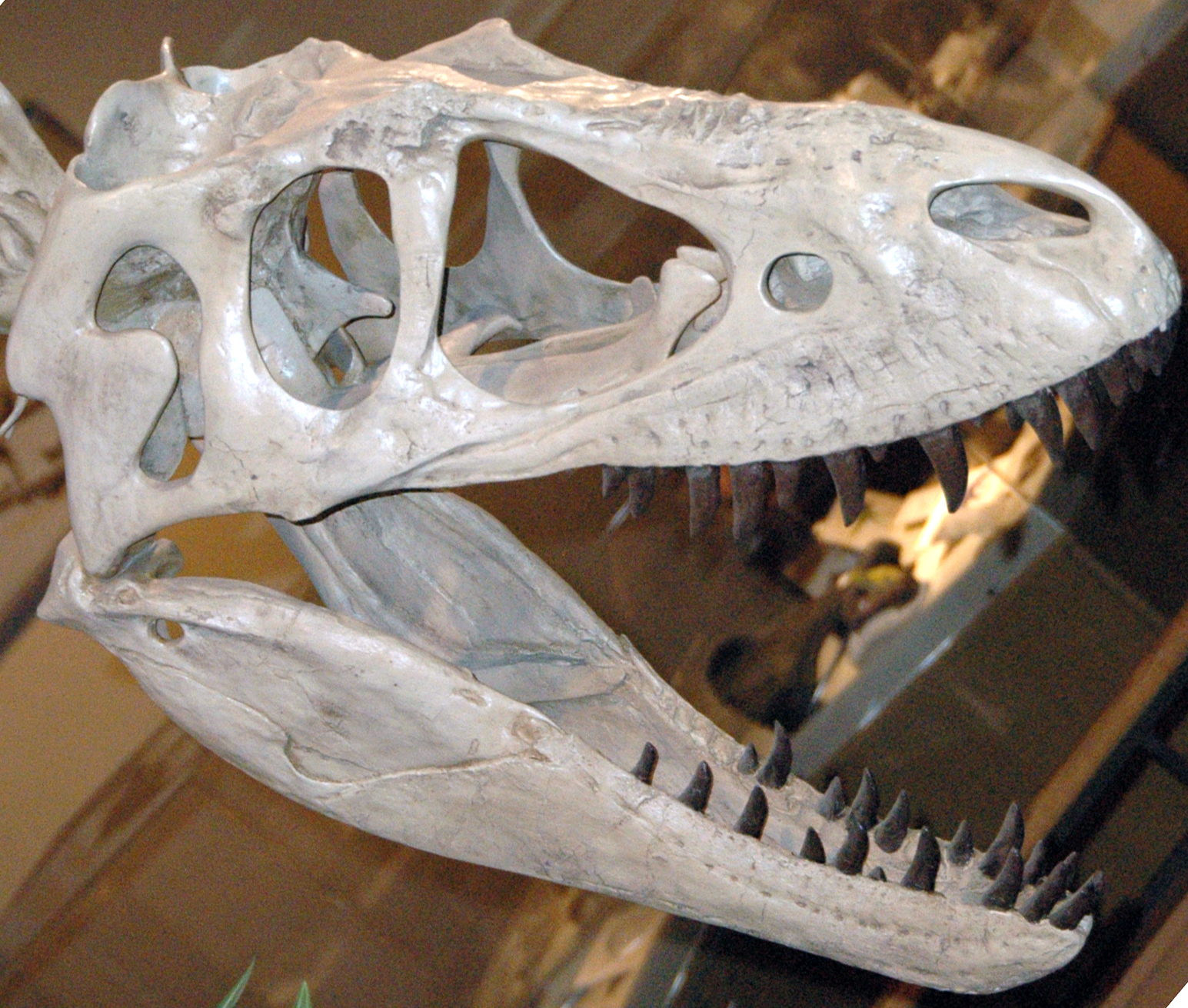
The Cretaceous seas represented the culmination of an evolutionary arms race that had been building for millions of years. Predators and prey had been locked in a continuous cycle of adaptation and counter-adaptation, resulting in creatures that were essentially living weapons. The pressure to survive was so intense that evolution produced some of the most extreme adaptations in Earth’s history.
This evolutionary pressure created an ecosystem where mediocrity meant extinction. Only the most efficient killers and the most successful escape artists survived, creating a concentration of deadly perfection that has never been matched in Earth’s oceans.
The Great Dying: Mass Extinction Events
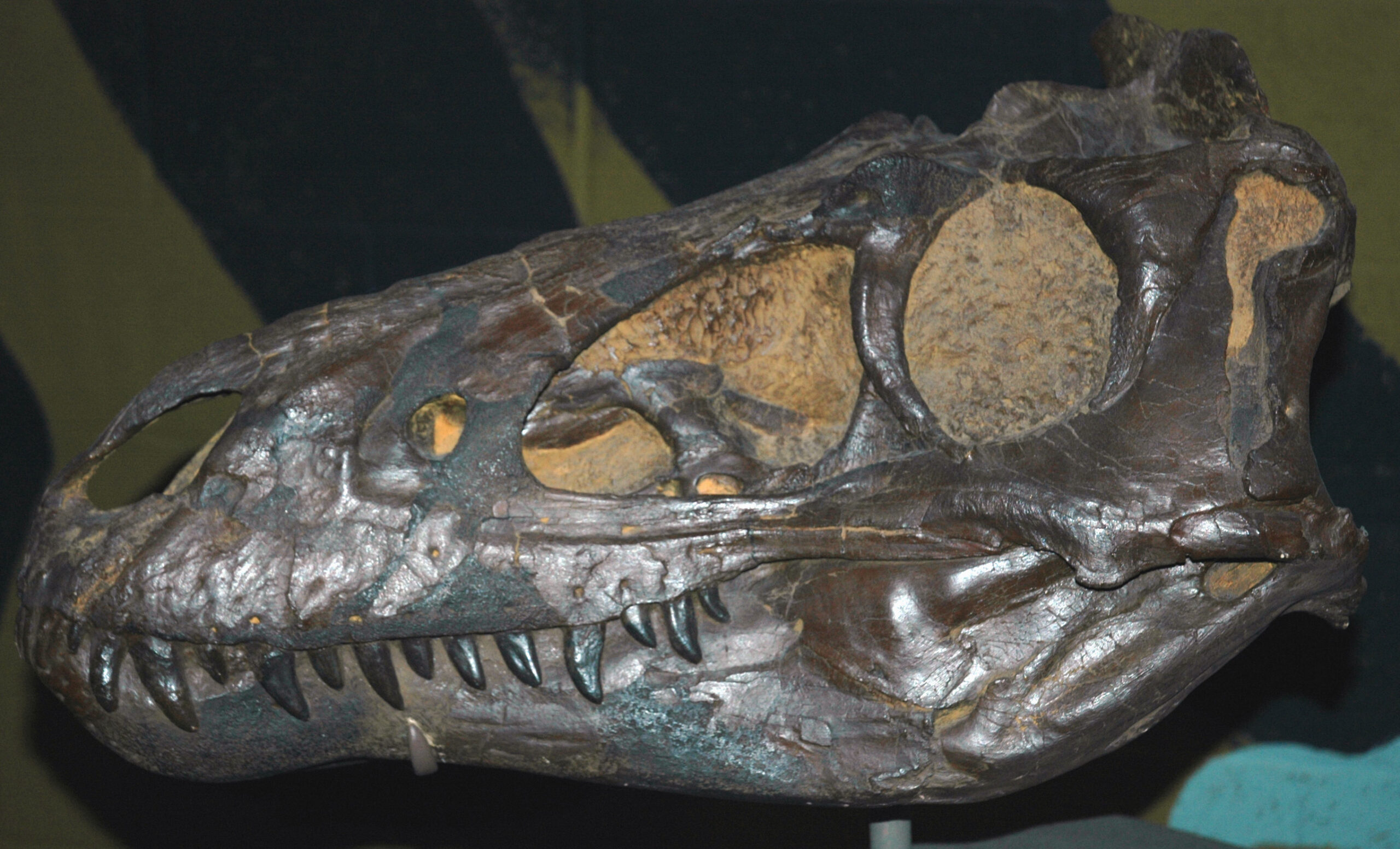
The Cretaceous period was punctuated by several smaller mass extinction events that preceded the famous asteroid impact at the end of the era. These events, caused by volcanic activity, climate change, and oceanic chemistry shifts, periodically wiped out entire marine ecosystems. The survivors of these events were invariably the most adaptable and dangerous predators, creating an ecosystem that became increasingly hostile over time.
Each extinction event acted like a filter, removing the less dangerous species and concentrating the most formidable predators. This process of elimination created seas that were essentially distilled danger, where every surviving species had proven its lethal credentials through millions of years of evolutionary testing.
Why Modern Oceans Seem Tame by Comparison
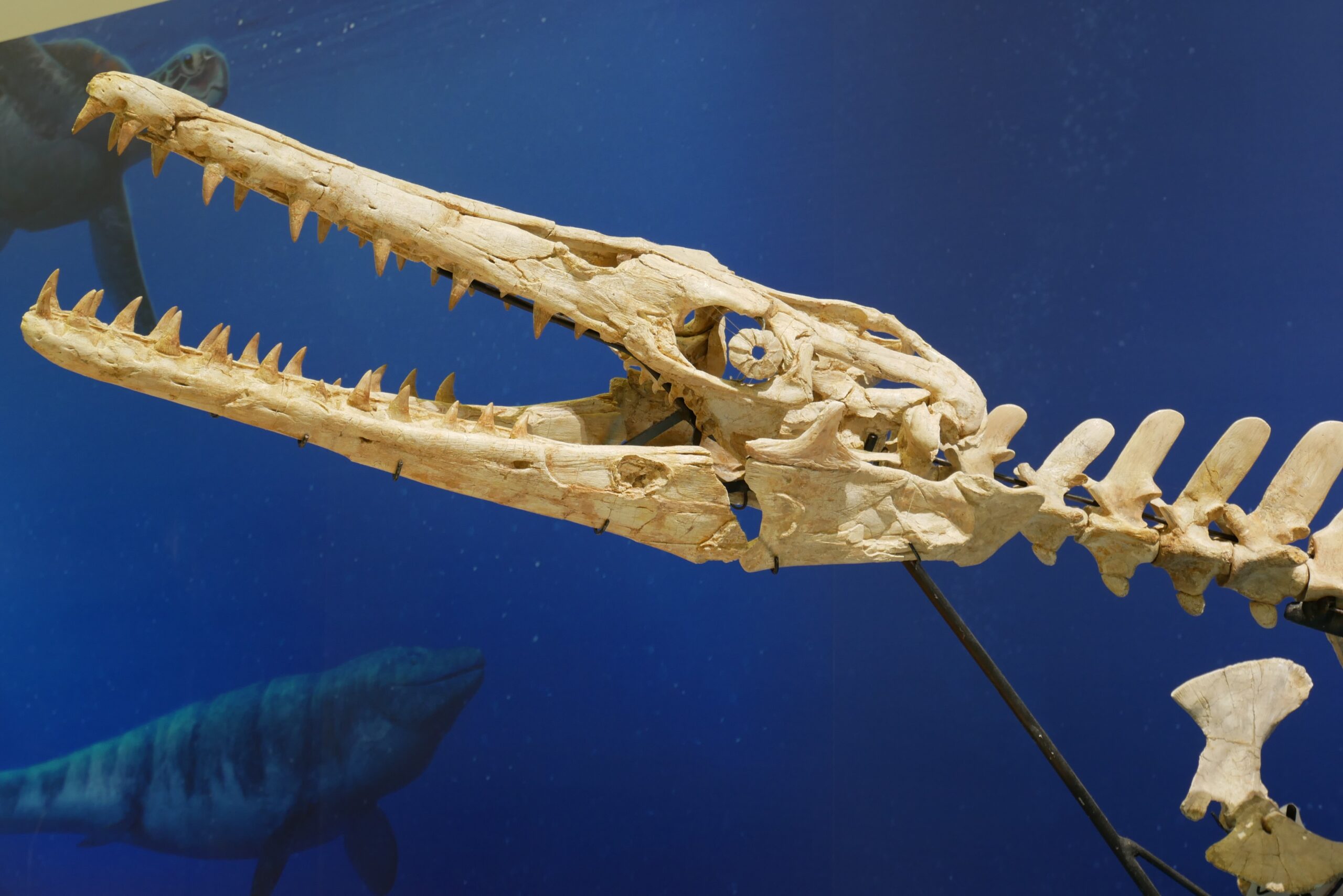
Today’s oceans, despite containing formidable predators like great white sharks and giant squids, are relatively peaceful compared to the Cretaceous seas. The asteroid impact that ended the Cretaceous period eliminated most of the largest marine predators, creating ecological niches that were filled by smaller, less specialized creatures. Modern marine ecosystems are characterized by greater diversity but lower concentrations of apex predators.
The absence of marine reptiles in today’s oceans represents a fundamental shift in marine ecosystem structure. While we have marine mammals like whales and dolphins, they evolved from land animals and brought different hunting strategies and ecological roles. The specialized marine reptiles of the Cretaceous were products of over 100 million years of aquatic evolution, creating a level of aquatic adaptation that has never been matched.
The Cretaceous seas stand as a testament to the incredible power of evolution to create perfectly adapted killing machines. These ancient waters contained a concentration of deadly predators that turned the ocean into a three-dimensional battlefield where survival required constant vigilance and perfect timing. The combination of massive marine reptiles, extreme environmental conditions, and unstable climate created an ecosystem that was essentially distilled danger. When we look at the fossil record of these ancient seas, we’re not just seeing the remains of prehistoric animals—we’re looking at evidence of the most dangerous waters that ever existed on our planet. What would you have done if you found yourself swimming in those ancient seas?

